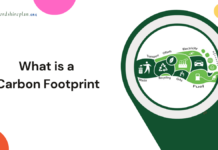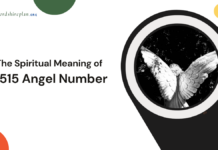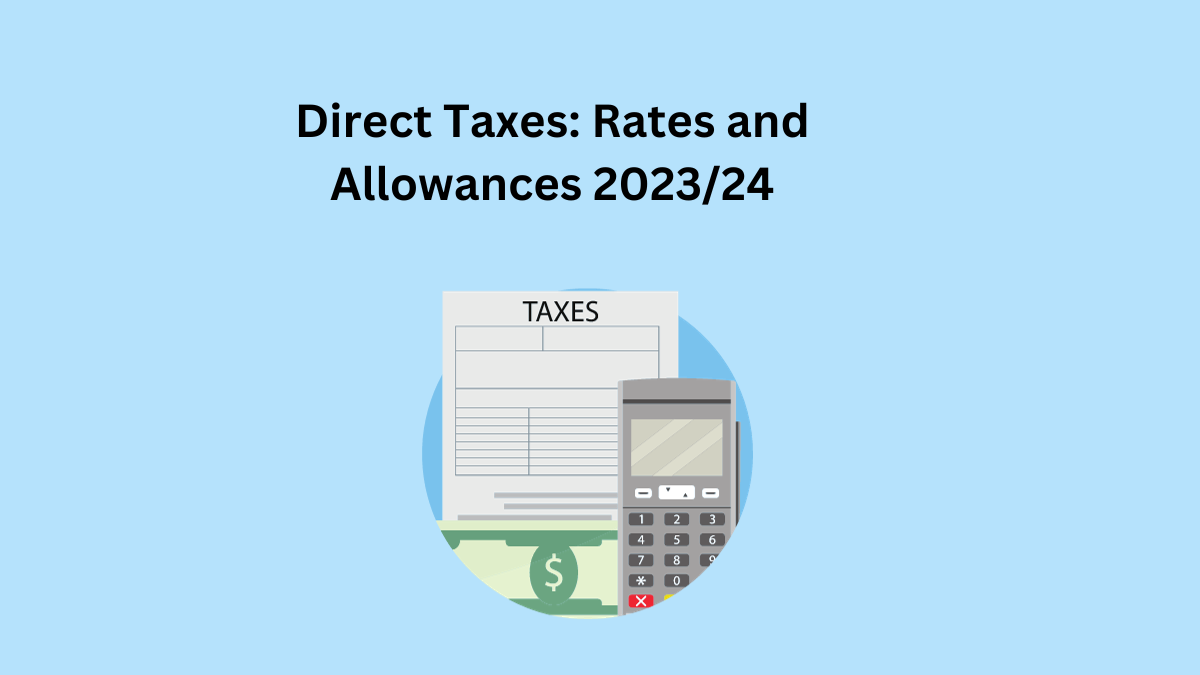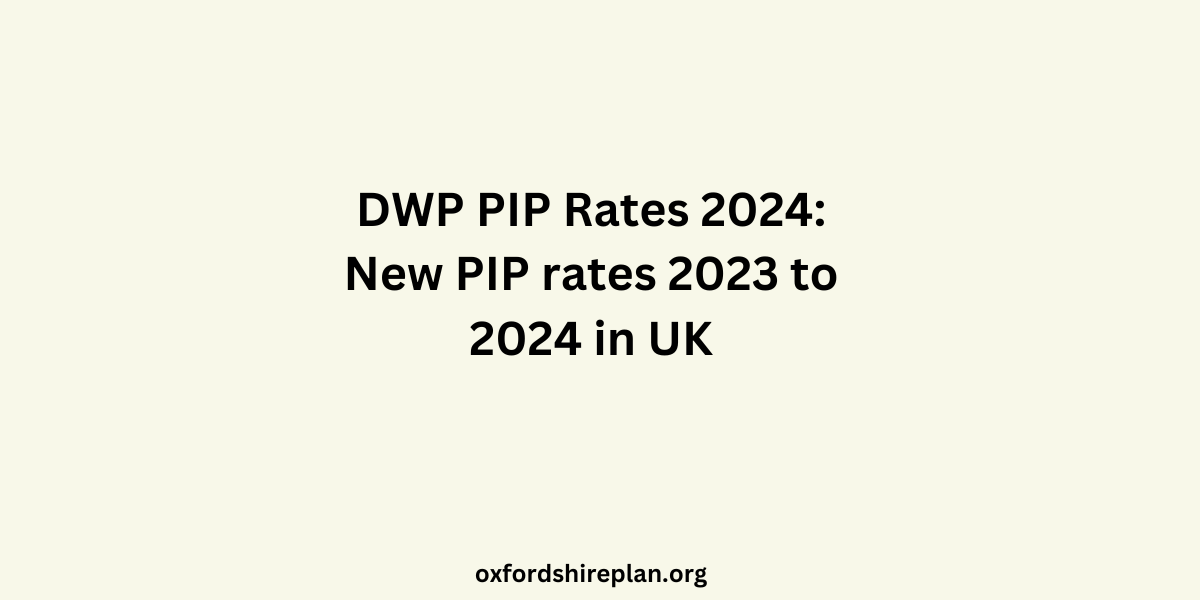In Autumn Statement 2023, the Chancellor said that the rate of National Insurance contributions (NICs) for workers will go down from 12% to 10%. This change starts on January 6, 2024. The Library will put out a new paper to show this change.
The person who is in charge also said they would lower the tax for self-employed people called Class 4 NICs from 9% to 8%. He said that people who work for themselves will not be forced to pay Class 2 NICs on their earnings without losing the right to get benefits based on contributions.
The changes to National Insurance Contributions for self-employed people will start on the first day of the new tax year (April 6, 2024). The Library will release a new paper about direct tax rates and allowances just in time for the start of the new tax year.
This summary shows the tax rates and main tax breaks for 2023/24, what they said in the Spring Budget 2023 on March 15, 2023. It explains what you need to qualify for these tax breaks and gives a simple explanation of general taxes in easy situations.
Contents
Direct Taxes: Rates and Allowances
This talk is about tax breaks, but not about money help given under the social security system or benefits for kids and workers:
Income tax
Income tax on earned income is charged at three rates: the basic rate, the higher rate and the extra rate.
For 2023/24, these three rates are 20%, 40% and 45% each.
Tax is charged on ‘earned money’ at a normal rate up to the limit of £37,700. “Taxable income” does not include personal allowances, which means the amount of money someone can get without paying taxes. You pay more tax on your income between the basic rate limit and the higher rate limit, which is £125,140. The extra rate of tax is added to income over £125,140 that can be taxed. The three tax rates are the same as they were in 2022/23.
Personal allowance
The personal limit for 2023/24 is set at £12,570. Both the money you can earn and the starting point for taxes have been set in amounts from 2021/2022. The limit for paying a higher tax rate remains the same at £50,270 for 2023/24. Higher earners must still pay more tax when their income reaches this amount.
Marriage allowance
Couples who are married or partners in a civil union might get the marriage allowance. People with not enough money to use all their personal allowance can give it to their spouse or partner, but only some amount is allowed. People can not use this rule if their spouse or partner pays more than the basic tax rate. For 2023/24, the most you can send is £1,260.
Latest Articles
National Insurance contributions
The costs of National Insurance payments (NICs) for workers and bosses are the same in 2023/24. For workers, the cost of National Insurance Contributions (NICs) is set at 12% of all money they earn between a basic level and a top limit. It’s also 2% on money they earn beyond that top limit. For people who hire workers, the cost of NICs is set at 13.8% of money earned over a certain amount.
For 2023/24, the main limit is £242 per week. The second limit is fixed at £175 a week for 2023/24. The top income amount is fixed at £967 a week for 2023/24. This makes it match with the highest tax rate for income in England. None of the limits have changed from 2022/23.
During 2022/23 the rates of NICs for both employees and employers, as well as the primary threshold for employees, were changed:
- In the Spring Statement 2022, the then money chief Rishi Sunak said that starting from July 6, 2022, the basic limit for National Insurance will go up from £190 to £245. This measure was to mitigate the impact of the 1.25 percentage point rise in NICs rates for 2022/23, which represented the first stage in the introduction of a new tax: the Health and Social Care Tax.
- On September 22, 2022, Kwasi Kwarteng (who was then the Chancellor) said that he would undo a 1.25 percentage point increase in National Insurance Contributions rates starting November 6, 2034. He also made plans to get rid of what was known as the Health and Social Care Levy.
People May Also Ask
What is the straight tax rate in the UK?
Income tax on earned income is charged at three rates: the simple tax, the bigger tax and the extra rate. For 2023/24, these three rates are 20%, 40% and 45% respectively. The money called “tax” is taken from ‘earned income’ at the normal rate until it reaches £37,700.
What are the four major taxes paid in the UK?
The government gets the most money from income tax forms. The second biggest money maker for governments is National Insurance Contributions. Value-added tax (VAT) is the third biggest way for government to earn money and corporation tax is fourth.
How does paying 40% tax work in the UK?
The 40% tax bracket is also called a higher rate tax band. If your income falls in this range, you have to pay a 40% tax on any money that goes over the limit. In the 2023/2024 tax year, if you earn more than £50,271 and less than £125,140 you will be on a higher rate of 40% tax.

I am a passionate technology and business enthusiast, constantly exploring the intersection where innovation meets entrepreneurship. With a keen eye for emerging trends and a deep understanding of market dynamics, I provide insightful analysis and commentary on the latest advancements shaping the tech industry.
















